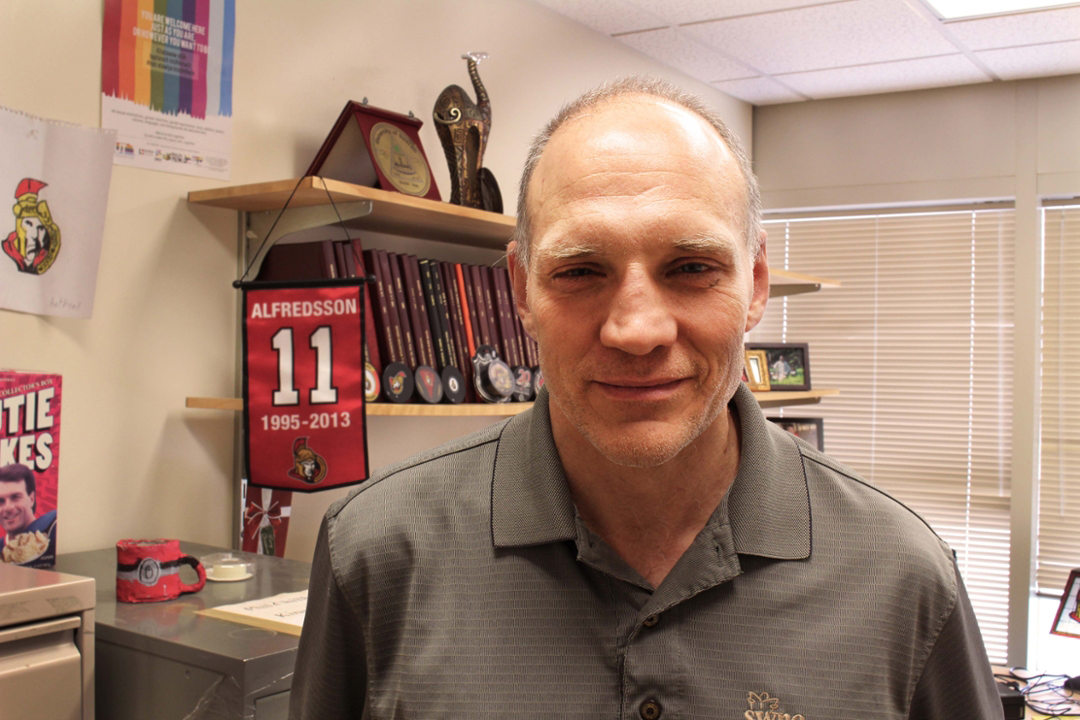
USask researchers test out new exercises to help FORTIFY Bones
A new study has a group of University of Saskatchewan (USask) researchers taking a look at how high intensity resistance exercises can help adults over the age of 50 who are suffering with bone issues such as osteoporosis.
By Victoria Dinh“Ideally, you don’t want someone to be crippled the last 10 or 15 or 20 years of their life where they need constant care and medical attention,” said College of Kinesiology professor and co-investigator Dr. Phil Chilibeck (PhD).
He said the goal of the study is to help find new ways to maintain quality of life and independence in older adults, a growing segment of the provincial population.
Set to begin in March, Chilibeck and a team of USask researchers have developed a 12-month program called Finding the Optimal Resistance Training Intensity for Your Bones—or FORTIFY Bones. It consists of supervised exercise training with a focus on intensity levels.
Participants will be randomly placed into one of three groups. Two of the groups will focus on resistance training such as deadlifts and squats using free weights, ranging from high to moderate intensity.
“Free weights are better than the machines because you require more stabilization,” Chilibeck said. “So, it’s just better for activating muscle and stimulating the bone.”
The third group will participate in traditional programs generally prescribed to people at risk for osteoporosis or risk of fracture. It involves training such as yoga, working on postural control and balance.
“We’re looking at how these programs affect bone density but also how they affect your balance,” said Chilibeck. “For a fracture to occur you need weak bones, but you also need to fall … So, if you can prevent falls, you can also prevent the fractures, even if you have low bone density.”
According to Chilibeck, the study is predicting that all three exercise groups will see improvement, but they’re hoping to see the greatest development in the high intensity resistance exercise group.
“It’s surprising that there’s not a lot of research out there on this, like whether you can actually give someone a higher intensity program,” said Chilibeck. “That’s what we’re testing out and also to see if it’s safe to prescribe that type of exercise for someone that’s at risk for osteoporosis.”

